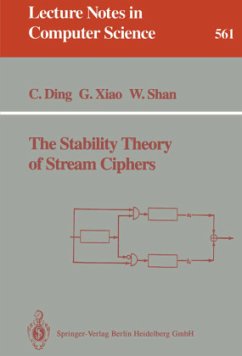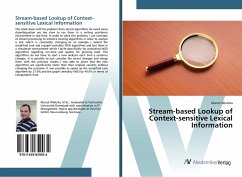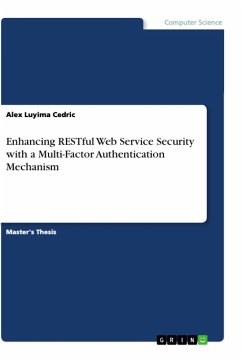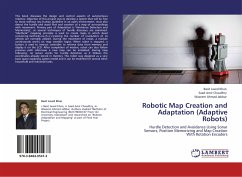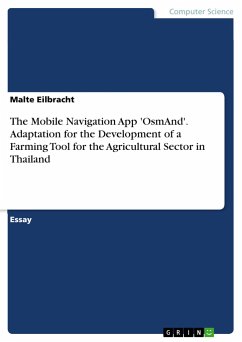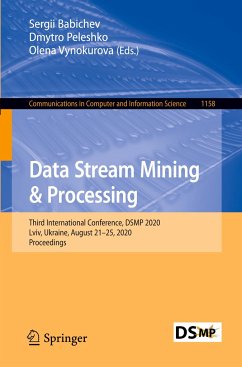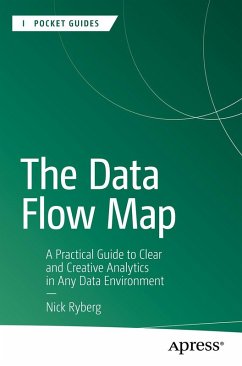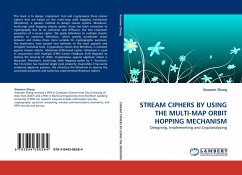
STREAM CIPHERS BY USING THE MULTI-MAP ORBIT HOPPING MECHANISM
Designing, Implementing and Cryptanalyzing
Versandkostenfrei!
Versandfertig in 6-10 Tagen
32,99 €
inkl. MwSt.

PAYBACK Punkte
16 °P sammeln!
This book is to design, implement, test and cryptanalyze three stream ciphers that are based on the multi-map orbit hopping mechanism (Mmohom), a generic method to design stream ciphers. Mmohocc, multi-map orbit hopping chaotic cipher: chaos has been connected to cryptography due to its confusion and diffusion, the two important properties of a secure cipher. We apply Mmohom to multiple chaotic systems to construct Mmohocc, which greatly accelerates chaos behavior and makes chaos more suitable for cryptographic purposes. The keystreams have passed two batteries of the most popular and stringen...
This book is to design, implement, test and cryptanalyze three stream ciphers that are based on the multi-map orbit hopping mechanism (Mmohom), a generic method to design stream ciphers. Mmohocc, multi-map orbit hopping chaotic cipher: chaos has been connected to cryptography due to its confusion and diffusion, the two important properties of a secure cipher. We apply Mmohom to multiple chaotic systems to construct Mmohocc, which greatly accelerates chaos behavior and makes chaos more suitable for cryptographic purposes. The keystreams have passed two batteries of the most popular and stringent statistical tests. Cryptanalysis shows that Mmohocc is resistant against known attacks. Mmohom-LFSR-based cipher: Mmohom is used in conjunction with multiple LFSRs (Linear Feedback Shift Register) to destroy the linearity of LFSRs. Cryptanalysis against algebraic attack is discussed. Mmohoct, multi-map orbit hopping cipher by T- functions: the T-function has maximal single cycle property; meanwhile it has some undesired algebraic patterns. We introduce the Mmohom to destroy the unwanted properties and build two experimental Mmohoct ciphers.



